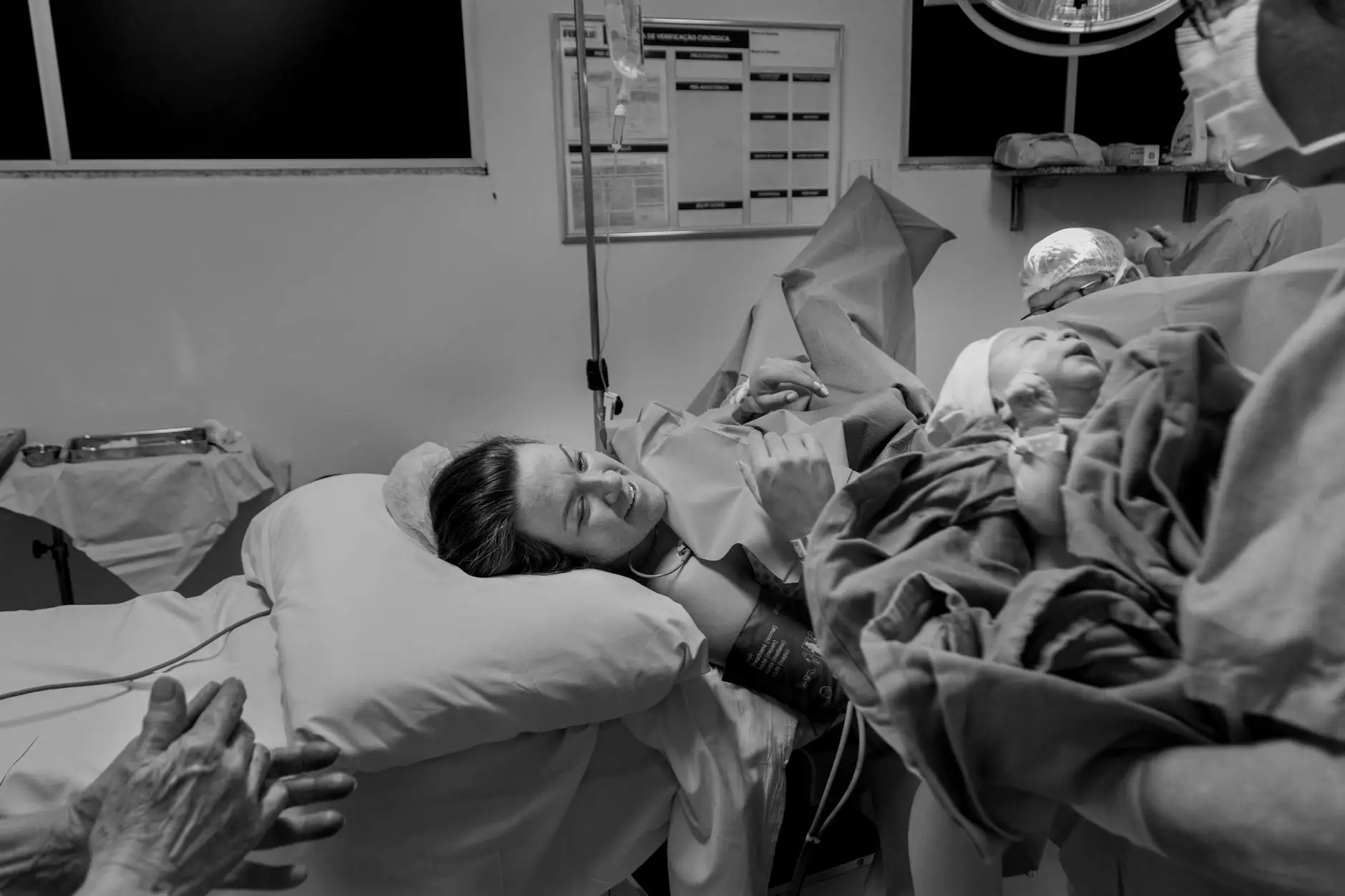Understanding Risk-Reducing Salpingo-Oophorectomy: A Comprehensive Guide

Risk-reducing salpingo-oophorectomy (RRSO) is a vital surgical procedure aimed at lowering the risk of ovarian and breast cancer, primarily in women with genetic predispositions. This guide provides an in-depth understanding of what RRSO entails, its benefits, potential risks, and the post-operative considerations for patients. We aim to empower patients with knowledge so they can make informed decisions about their health.
What is Risk-Reducing Salpingo-Oophorectomy?
Risk-reducing salpingo-oophorectomy involves the surgical removal of both ovaries and fallopian tubes. This procedure is particularly recommended for women who carry mutations in the BRCA1 or BRCA2 genes, significantly increasing their likelihood of developing breast and ovarian cancers. The primary objective of RRSO is to minimize cancer risk while maintaining the patient's overall well-being.
Who Should Consider RRSO?
Women with a family history of breast or ovarian cancer, especially those who test positive for BRCA mutations, are prime candidates for this preventive surgery. It is advisable for women to discuss their family medical history with their healthcare provider. Factors influencing the decision include:
- Genetic Testing: A positive test for BRCA mutations suggests a higher risk.
- Family History: A family record of breast or ovarian cancer can warrant consideration.
- Age: RRSO is generally recommended for women aged 35 to 40.
- Personal Health: Overall health status can affect the decision-making process.
Benefits of Risk-Reducing Salpingo-Oophorectomy
The decision to undergo risk-reducing salpingo-oophorectomy offers significant benefits, including:
1. Decreased Cancer Risk
RRSO reduces the risk of developing ovarian cancer by up to 80-90%. Women with BRCA mutations who undergo the surgery have a substantial decrease in their lifetime risk.
2. Breast Cancer Risk Reduction
Studies indicate that RRSO may also lower the risk of breast cancer by up to 50% for women with BRCA mutations. This added layer of protection can be especially significant for patients considering their options.
3. Elimination of Ovarian Dysfunction Symptoms
For women experiencing symptoms related to ovarian dysfunction or benign ovarian diseases, RRSO can also provide relief from symptoms associated with ovarian issues.
4. Psychological Benefits
Keen awareness and concern about genetic risks can lead to anxiety and stress. Preventing cancer through RRSO can alleviate these concerns, leading to improved mental well-being.
Understanding the Procedure of RRSO
The surgical procedure for risk-reducing salpingo-oophorectomy is typically performed under general anesthesia and can be conducted through minimally invasive techniques or open surgery. Here’s an overview of the process:
1. Preoperative Assessment
Before the surgery, patients will undergo various assessments, including:
- Medical history evaluation
- Physical examination
- Imaging tests such as ultrasound or MRI
2. Surgical Technique
RRSO is commonly performed via laparoscopy, a minimally invasive technique that requires only small incisions. This approach has advantages, including:
- Reduced recovery time
- Less postoperative pain
- Minimal scarring
3. After the Procedure
Postoperative recovery involves monitoring for complications, managing pain, and ensuring a smooth transition to recovery. Patients may experience:
- Fatigue and discomfort
- Hormonal changes due to the removal of ovaries
- Emotional adjustments
Potential Risks and Considerations
Like any surgical procedure, RRSO comes with its own set of risks. Understanding these is crucial:
1. Surgical Risks
Possible complications include:
- Infection
- Certain organ injuries
- Blood clots
- Adverse reactions to anesthesia
2. Hormonal Implications
As RRSO causes an abrupt halt to ovarian hormone production, women may experience:
- Hot flashes
- Sleep disturbances
- Emotional changes
- Long-term risk for osteoporosis
3. Emotional and Psychological Impact
The decision to undergo RRSO may come with emotional challenges. It is essential for patients to engage in:
- Counseling with a mental health professional
- Support groups for women who have undergone similar procedures
- Discussions with family and friends
Post-Operative Care and Recovery
After RRSO, following proper care protocols can significantly enhance recovery. Essential care tips include:
1. Follow-Up Appointments
Patients should attend all scheduled follow-up appointments to monitor healing and address any concerns with the healthcare team.
2. Hormone Replacement Therapy (HRT)
Depending on individual circumstances, a doctor may recommend HRT to mitigate the effects of hormone withdrawal post-surgery. Some considerations include:
- Timing of HRT initiation
- The type of therapy that is most beneficial for an individual’s health
3. Lifestyle Adjustments
Implementing healthy lifestyle choices post-surgery is vital. Recommendations include:
- Adopting a balanced diet rich in calcium and vitamin D
- Engaging in regular physical activity
- Maintaining social connections and emotional support
Conclusion
Risk-reducing salpingo-oophorectomy stands as a significant option for women seeking to minimize their risk of ovarian and breast cancer, especially those with genetic factors. It is crucial for potential candidates to have in-depth discussions with healthcare providers, weighing the benefits against the risks and implications of the surgery. Ultimately, well-informed decisions can lead to empowered health management, allowing women to take proactive steps towards their well-being.
For more information regarding RRSO and related health services, we encourage you to visit drseckin.com, where you can find resources and support to guide you through your health journey.









